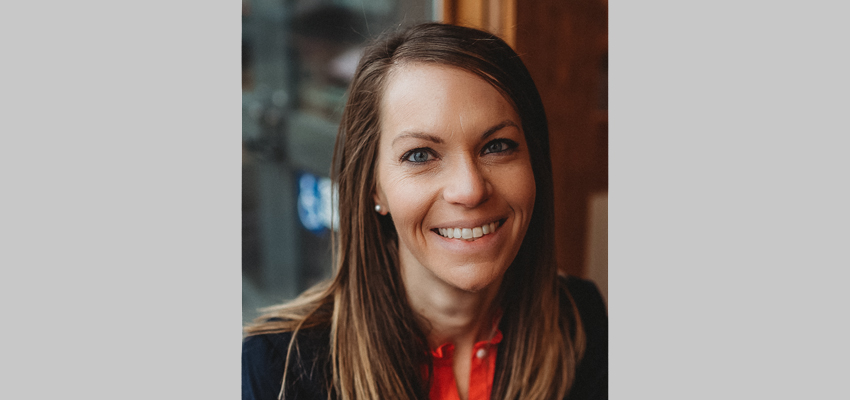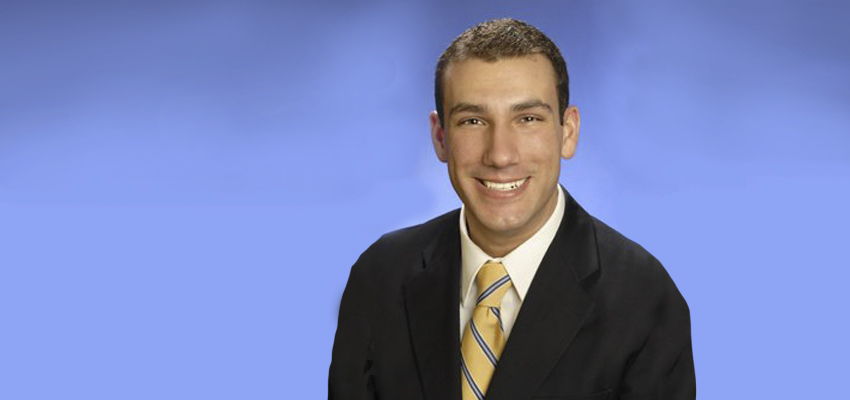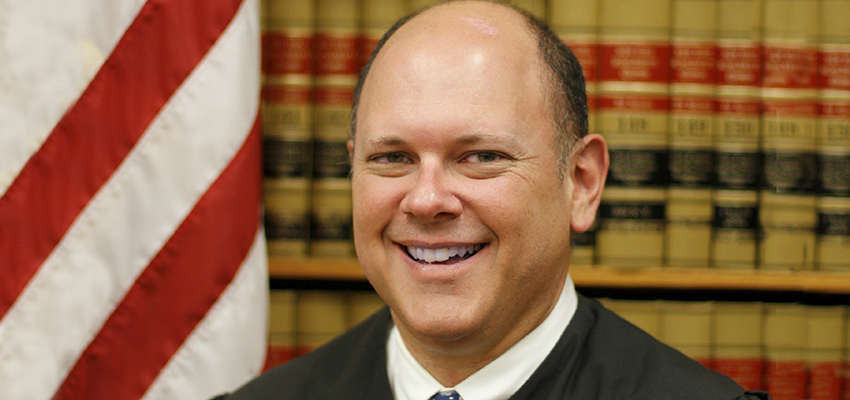
HWS News
18 January 2019 • Alums Mays '06 Named to Top Economic Development Post
Amanda Mays ’06 has been named regional director of Empire State Development for Western New York and executive director of the Western New York Regional Economic Development Council. Featured in an article in The Buffalo News, Mays discusses her plans for the region in her new role as Western New York’s top economic development official.
“With a planning background, I think you obviously look at a lens all the time with a planner’s eye to things, so you think more about longer-term impacts, longer-term projects and seeing how they can be developed over a period of time,” says Mays in an interview with Matt Glynn of The Buffalo News. “I think smart growth is something that’s really important to me and really building on our community’s assets and not necessarily sprawling development that I think this region got stuck doing for decades. Something that’s exciting is the reuse of historic buildings.”
While at HWS, Mays was a double major in architectural studies and urban studies with a minor in history. She later earned a master’s degree in urban planning at the University of Buffalo. While serving as the deputy director for the executive offices at Brookings Institution in Washington, D.C., Mays volunteered for HWS’ Day on the Hill.
The full article is below.
The Buffalo News
Top state economic official in WNY talks planning, growth and Niagara Falls
By Matt Glynn | Published December 14, 2018
Amanda Mays has a new role at Empire State Development: regional director for Western New York, making her the state’s top economic development official based here.
Mays also serves as executive director of the Western New York Regional Economic Development Council, which sets priorities and seeks state funding for area projects.
Mays, 34, is a Grand Island native who previously worked at the Brookings Institution. She earned a master’s degree in urban planning at the University at Buffalo.
The state, through the Buffalo Billion program and places like Canalside and the Outer Harbor, is a driving force in economic development. And the state is performing due diligence on 32 Niagara Falls properties it has agreed to buy from businessman “Smokin Joe” Anderson for $25 million.
Mays talked about her new job and where those economic development efforts are headed:
Q: What would you like to accomplish in your new job?
A: With a planning background, I think you obviously look at a lens all the time with a planner’s eye to things, so you think more about longer-term impacts, longer-term projects and seeing how they can be developed over a period of time.
I think smart growth is something that’s really important to me and really building on our community’s assets and not necessarily sprawling development that I think this region got stuck doing for decades. Something that’s exciting is the reuse of historic buildings.
Q: How do you define smart growth?
A: You’re really developing places, whether it be a city, town, village, into attractive places to live. You’re investing in the streetscapes. You’re investing in opportunities for people to live and work and play in the same town. You’re really concentrating on clustering development versus not having a plan for growth. You’re growing it one cohesive way versus spread out.
Q: Do you believe the region is getting better at that type of development?
A: I do. Definitely you see it in your larger cities, but I think it’s even gaining momentum in some of our smaller and more rural communities.
I recently completed a little bit of a tour of our Southern Tier counties, as well, and you see it in their applications for the Downtown Revitalization Initiative and our Smart Growth [Community] Fund here. They’re beginning to catch on. They’re including the right things in their proposals and they know what assets they have that should be built up that really play into this strategy across the region.
Q: What do you see as Empire State Development’s role in economic development?
A: I think that ESD has the opportunity to invite in those public-private partnerships to get investments into areas, to provide those opportunities that would incentivize investment.
And also, it’s making sure that a regional strategy is followed and developed. The regional council put a lot into that. I think its shaped development in Western New York very well. I think ESD’s role is also to make sure that that continues to be adhered to and adjust, if needed, so that our development remains focused.
Q: If the state’s deal for the Niagara Falls properties goes through, what impact could that have on the city?
A: I think it’s exciting. You have parcels that are adjacent and close to (Niagara Falls State Park) that could find new and vibrant uses. You’re seeing a lot more people walking around there, even in the shoulder seasons [outside of peak tourist season]. The shoulder seasons are getting shorter, and there’s a lot of activity in the park. … It could be really impactful to the economy and to that city.
We’re fortunate to have a couple of other urban planners on staff, so as you can imagine, that’s something we really look at and start to think about, if it goes through, how the different parcels could be broken up, how they could be marketed. There’s a lot that has to go into getting that right. It can’t happen overnight.
It’s probably a longer strategy, even for redevelopment of those parcels, but it’s never too early to think about what the opportunities are.
The state is preparing to buy 32 downtown parcels in Niagara Falls. (News file photo)
Q: What growth opportunities do you see at Canalside?
A: I know Erie Canal Harbor Development Corp. (just released) their (request for proposals) to get planning work done. They want to restore that historic street grid, which will sort of advise what size and how many parcels are available for development.
So it’s exciting to see that move forward, to talk about the infrastructure work that ESD will help put in there, to make sure that development is easier and more attractive to potential people to develop.
It’s great to see, with the South Aud block properties, that there’s going to be some housing going in down there, and there’s going to be some more commercial activity. So I think that open space and the activities that are down there have been a great start in getting people back down to the waterfront and in from the suburbs.
I think now continuing the opportunities for more commercial activity down there will add to the density and the growth of that area.
Matt Glynn – Matt Glynn has been a business reporter with The Buffalo News since 2000. He is a native of Youngstown and lives in Buffalo.


